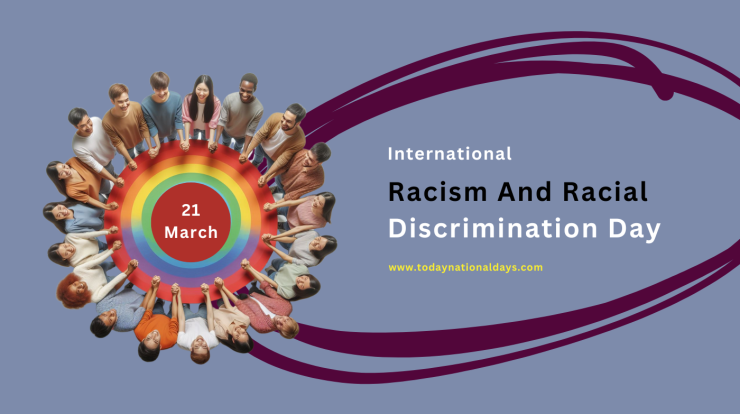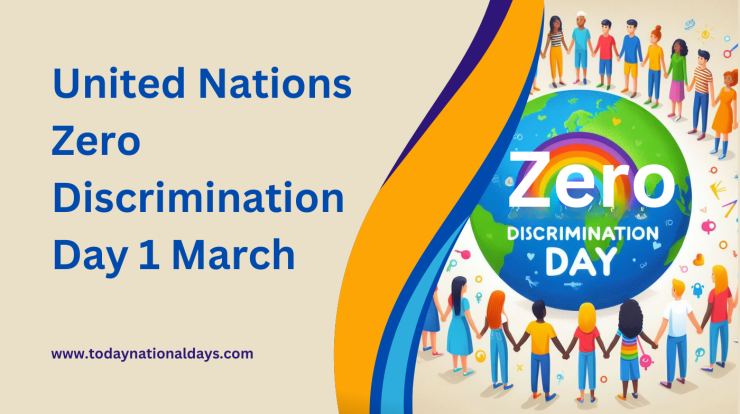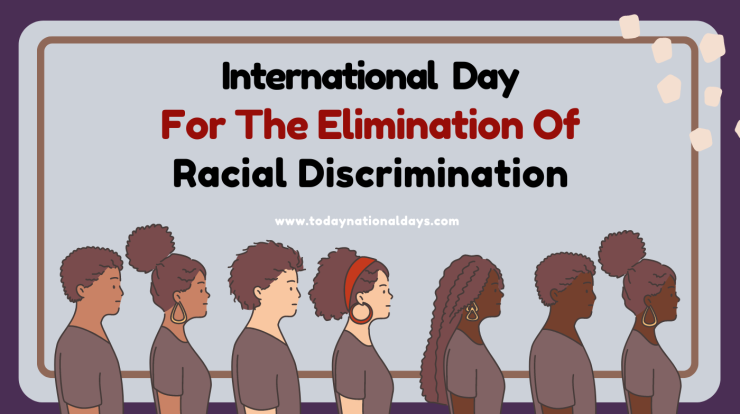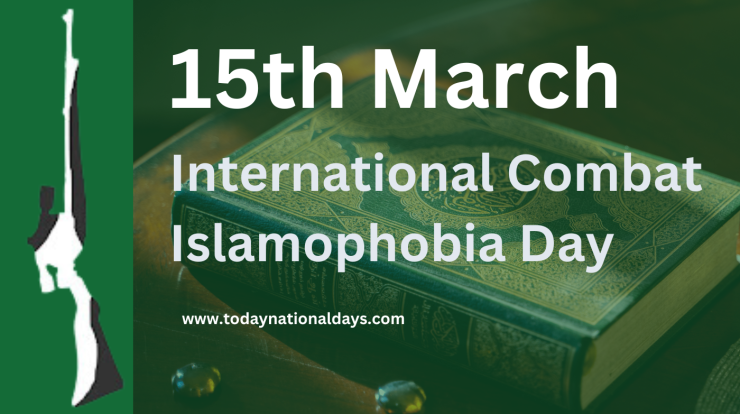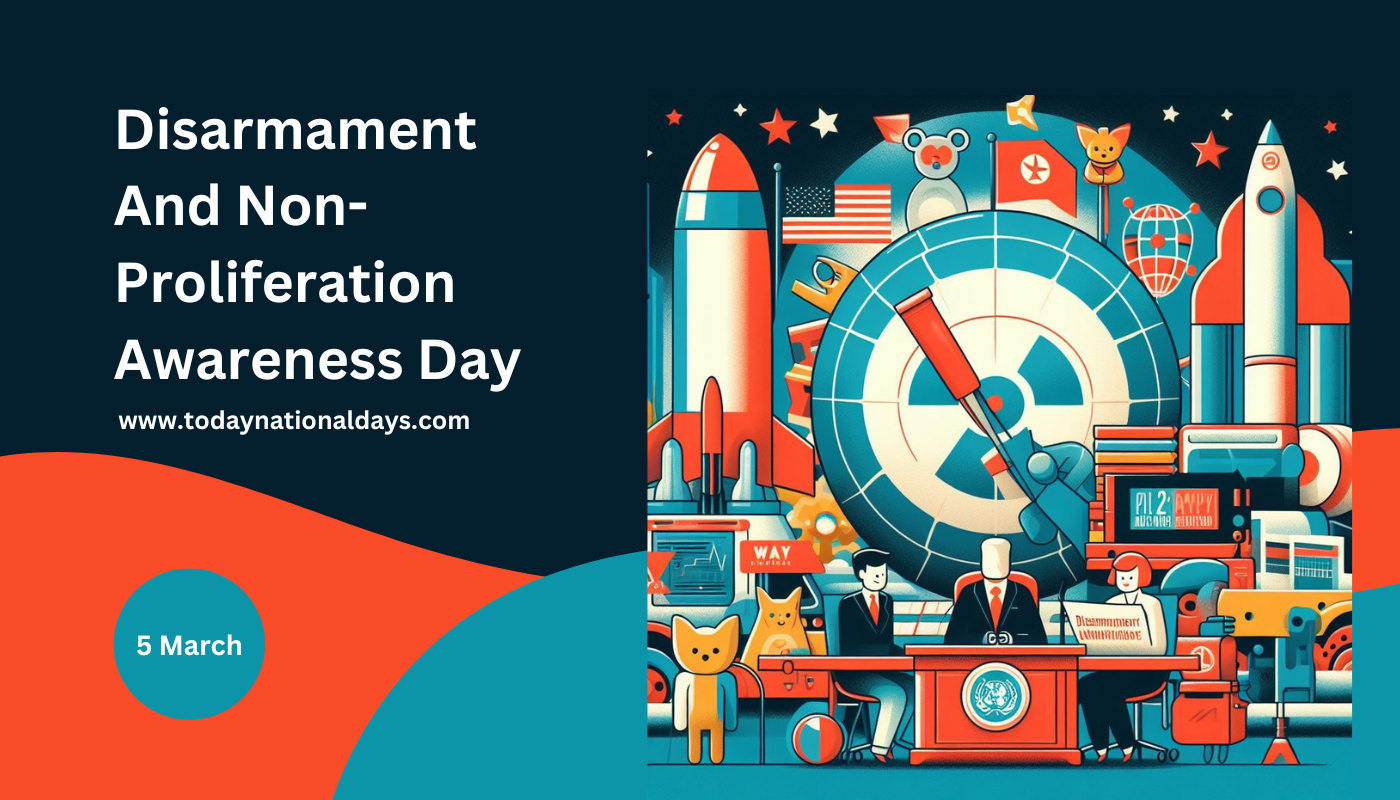
Every year, on March 5, we observe the International Disarmament and Non-Proliferation Awareness Day. Established by the United Nations General Assembly in 2021, this day aims to highlight the crucial role of disarmament and non-proliferation in achieving global peace and security.
What Is Disarmament And Non-proliferation
According to the United Nations General Assembly (UNGA), disarmament involves eliminating all Weapons of Mass Destruction (WMD) and reducing armed forces and conventional weapons in a balanced way.
This approach aims to ensure that all parties maintain their security while promoting stability with lower military forces. Non-proliferation focuses on limiting the production and spread of nuclear and chemical weapons, preventing them from falling into the hands of non-state actors and rogue states.
Why Is Disarmament And Non-Proliferation Awareness Day Important?
This observance holds immense significance in the realm of international relations and security. With the proliferation of nuclear weapons posing a grave threat to humanity, raising awareness about disarmament initiatives is crucial for fostering dialogue, cooperation, and collective action towards a safer world.
Significance Of International Day For Disarmament And Non-proliferation Awareness
- The International Day for Disarmament and Non-Proliferation Awareness reminds us of the ongoing threat posed by weapons of mass destruction.
- It serves as a platform for global action and promotes international cooperation on disarmament and non-proliferation efforts.
- By raising awareness and promoting dialogue, this day helps build a safer world for everyone.
History of International Day For Disarmament And Non-proliferation Awareness

- It was established by the United Nations General Assembly in 2021.
- It aims to raise public awareness about the dangers of weapons of mass destruction and the importance of disarmament and non-proliferation.
- Each year, it focuses on specific themes, highlighting different aspects of disarmament and non-proliferation.
Un Disarmament Week
UN Disarmament Week 2024 is scheduled to be celebrated from October 24 to 30, 2024. This annual event, organized by the United Nations Office for Disarmament Affairs (UNODA), aims to raise awareness of the significance of disarmament and advocate for the elimination of nuclear weapons and other weapons of mass destruction.
Established by the United Nations General Assembly in 1978, during its 10th special session on disarmament, UN Disarmament Week calls upon all member states to observe the week by arranging events and activities to promote awareness of the importance of disarmament.
Securing Our Common Future: An Agenda For Disarmament
In 2018, United Nations Secretary-General António Guterres introduced a comprehensive vision for disarmament with the initiative Securing our Common Future: An Agenda for Disarmament.
This agenda provides a strategic approach to attaining sustainable peace and security for everyone, particularly considering the evolving international security environment, emerging risks, and unfulfilled obligations.
The Challenges For Disarmament
The Arms Race And Increase In Military Spending: The Cold War sparked a race for arms between the USSR and the USA, leading to the accumulation of nuclear weapons and other deadly armaments.
Although the Cold War has ended, global competition persists, with nations investing heavily in new technologies to outmatch each other.
Based on an evaluation conducted by the International Institute for Strategic Studies (IISS) recently, global defense spending surged to a record $2.2 trillion in 2023. China is bolstering its arsenal to counter the USA, while India faces adversaries on multiple borders.
Japan is also ramping up defense spending to address the growing threat from China. In the Middle East, an arms race between Iran, Saudi Arabia, and the United Arab Emirates is engaged in a more intense arms race. , contributing to a highly unstable security landscape in several regions across the globe.
Non-proliferation – Progress In Reducing Nuclear Weapon Arsenals
Despite witnessing the devastating effects of the Nuclear holocaust 79 years ago, several states continue to prioritize acquiring nuclear weapons for their national security policies.
One major obstacle to achieving a nuclear-free world is the discriminatory rules of the Non-Proliferation Treaty (NPT) signed in 1968.
This treaty prohibits non-nuclear weapon state parties from developing nuclear weapons, yet it exempts five de jure nuclear weapon states (NWS) from this ban, which is viewed as biased by non-nuclear weapon states.
Currently, Russian and American nuclear warheads account for about 91% of all nuclear warheads, each possessing around 4,000 warheads. Despite significant progress, we still have a long way to go to achieve a nuclear-free world.
International supervision eliminated 96 percent of the world’s declared chemical weapon stockpiles. However, chemical weapons reappeared in the 2013 Syrian conflict in Aleppo and Ghouta.
Conclusion Of Disarmament And Non-Proliferation Awareness Day
Disarmament and Non-Proliferation Awareness Day calls for global action against the threats of weapons of mass destruction. It serves as a rallying cry for addressing these dangers.
By raising awareness, promoting dialogue, and advocating for disarmament initiatives, we can work towards a future where peace and security prevail.
FAQs About Disarmament And Non-Proliferation Awareness Day
What Are The Two Types Of Disarmament?
Disarmament takes two forms: partial and general. Partial disarmament targets specific, more dangerous weapons, while general disarmament aims to eliminate all weaponry.
What Is The History Of Disarmament?
The Treaty of Versailles in 1919 mandated disarmament measures for Germany and its allies post-World War I. Countries may also independently reduce their military capabilities.
What Is Total Disarmament?
Total disarmament means eliminating war-making tools, whether by a victorious military, unilateral moral choice, or bilateral/multilateral agreements.
Who Created The Non-proliferation?
Discussions on nuclear non-proliferation within the UN started in 1957. Frank Aiken, Irish Minister for External Affairs, launched the NPT process in 1958, gaining momentum in the early 1960s.

